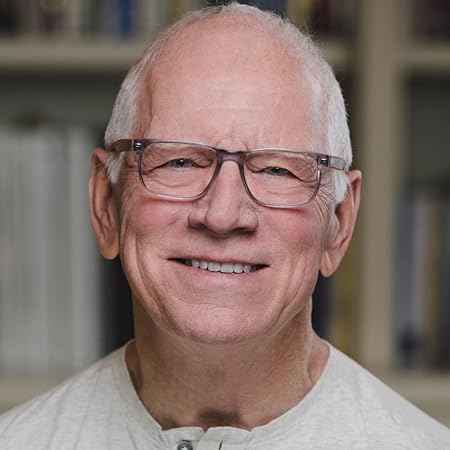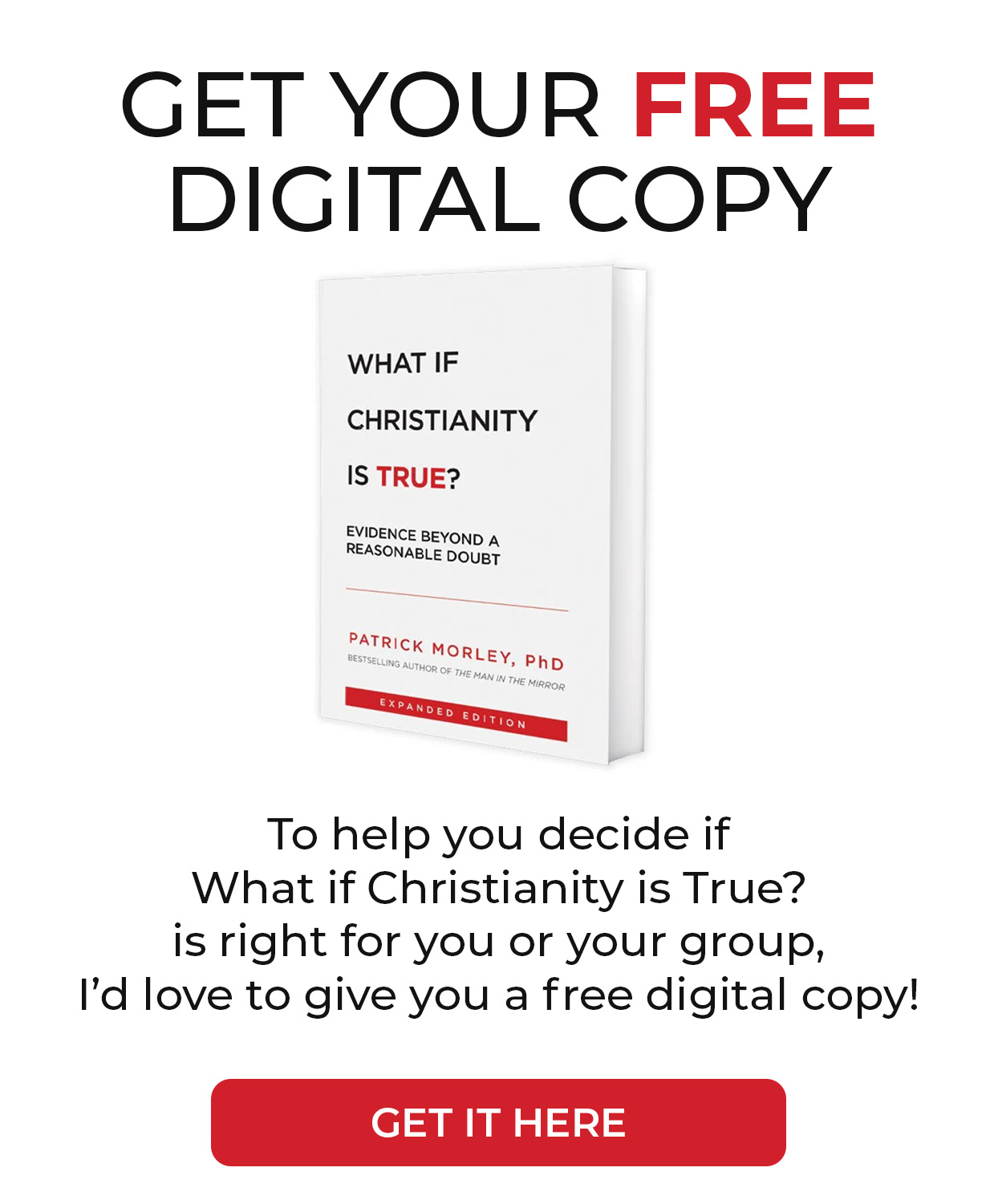The Big Idea: Am I where I’m supposed to be? Am I doing what needs to be done? Is this where I can do the most good? What did a lifelong criminal dying on a cross next to Jesus see that was so powerful he felt compelled to plead, “Jesus, remember me when You come…
LESSON 11 OF 21
24 min read
Membership Required
This content is only available to members. Please join to access this content.
Continue the Series
Explore the life and teachings of Jesus Christ through our "Hanging Out with Jesus" series. This study provides practical insights and reflections on the Gospels. The series delves into various aspects of Jesus' life, his teachings, and the real-life implications of following him. Key topics include the significance of Jesus' actions and words, the challenges of modern Christian life, and how to live out one's faith in practical, impactful ways.
-
Why Knowing We Should Make Disciples Isn’t Enough
-
Guilt-Free Disciple Making
-
Jesus, The Tender Warrior
-
Jesus’ Faithfulness to His Friends
-
First Things First: Restoring Confidence
-
But We Had Hoped…
-
Did Jesus Actually Rise From The Dead?
-
The Empty Tomb: What (Else) Is Missing?
-
The Man Who Could No Longer Remain Silent
-
Why The “Happiness” Gospel is Letting You Down


